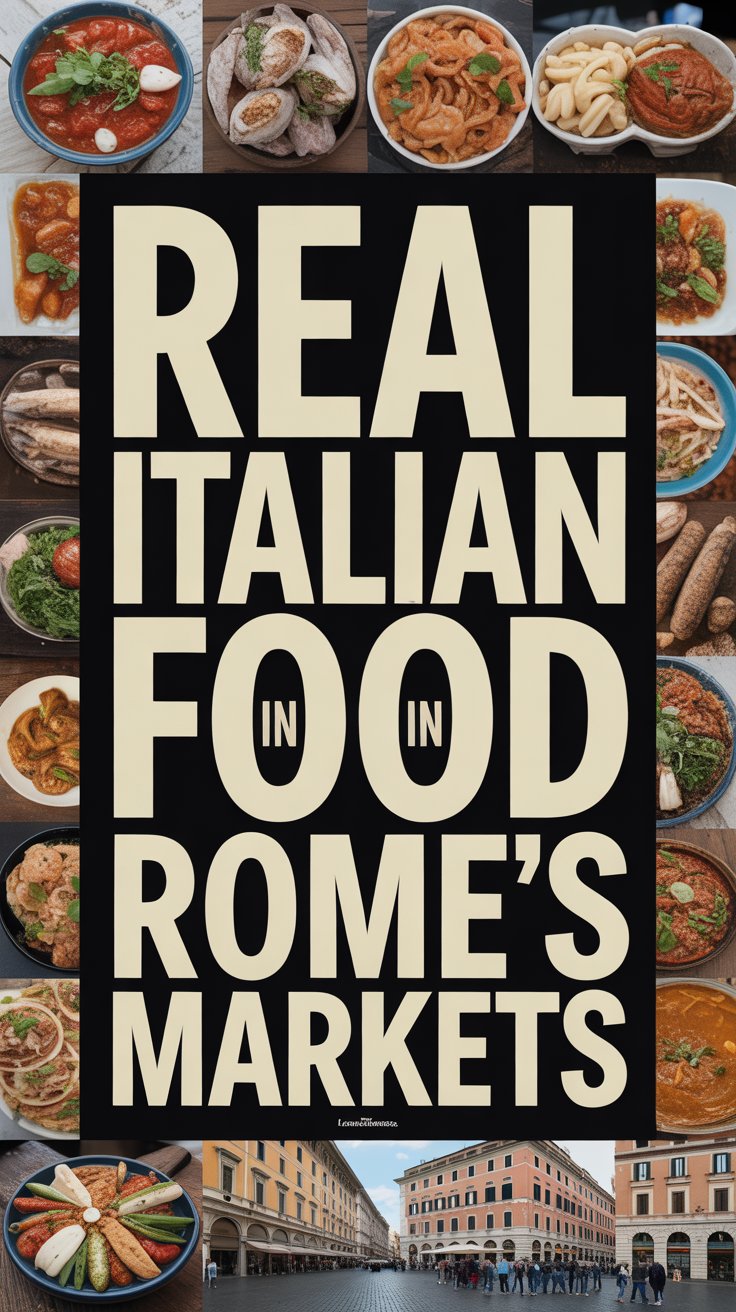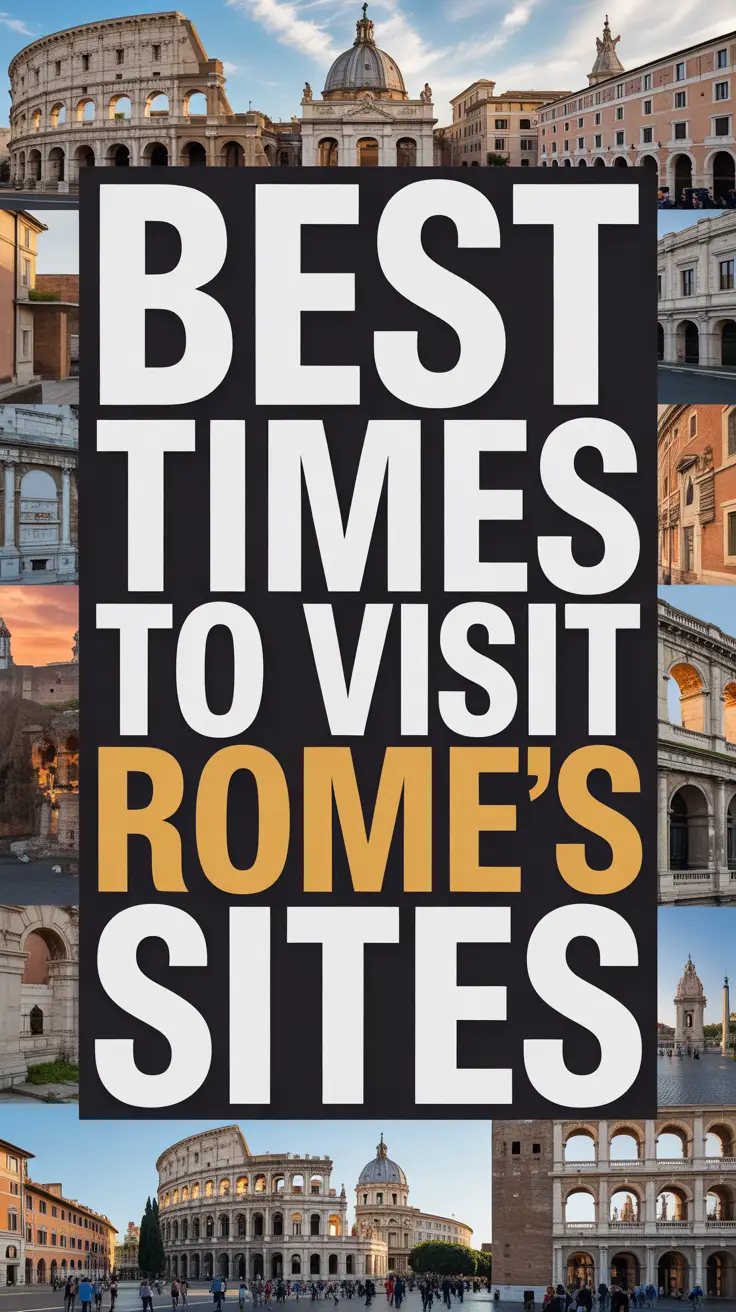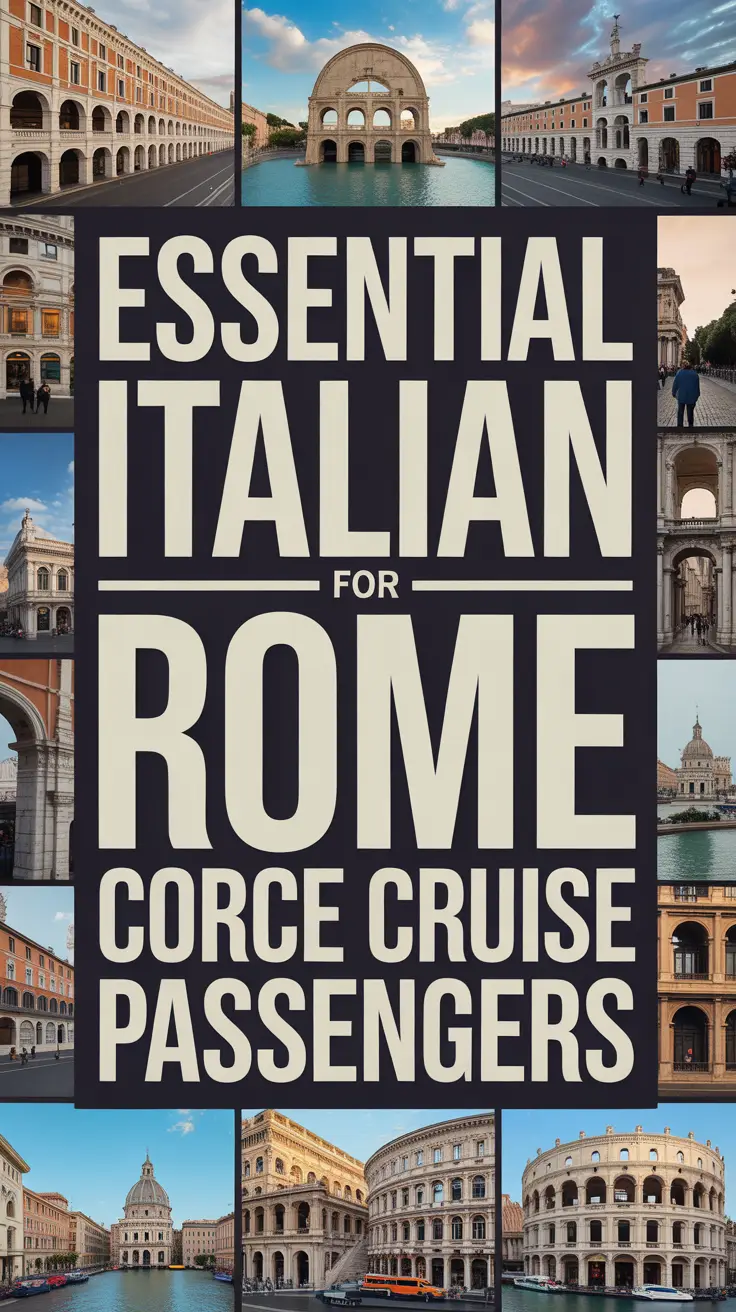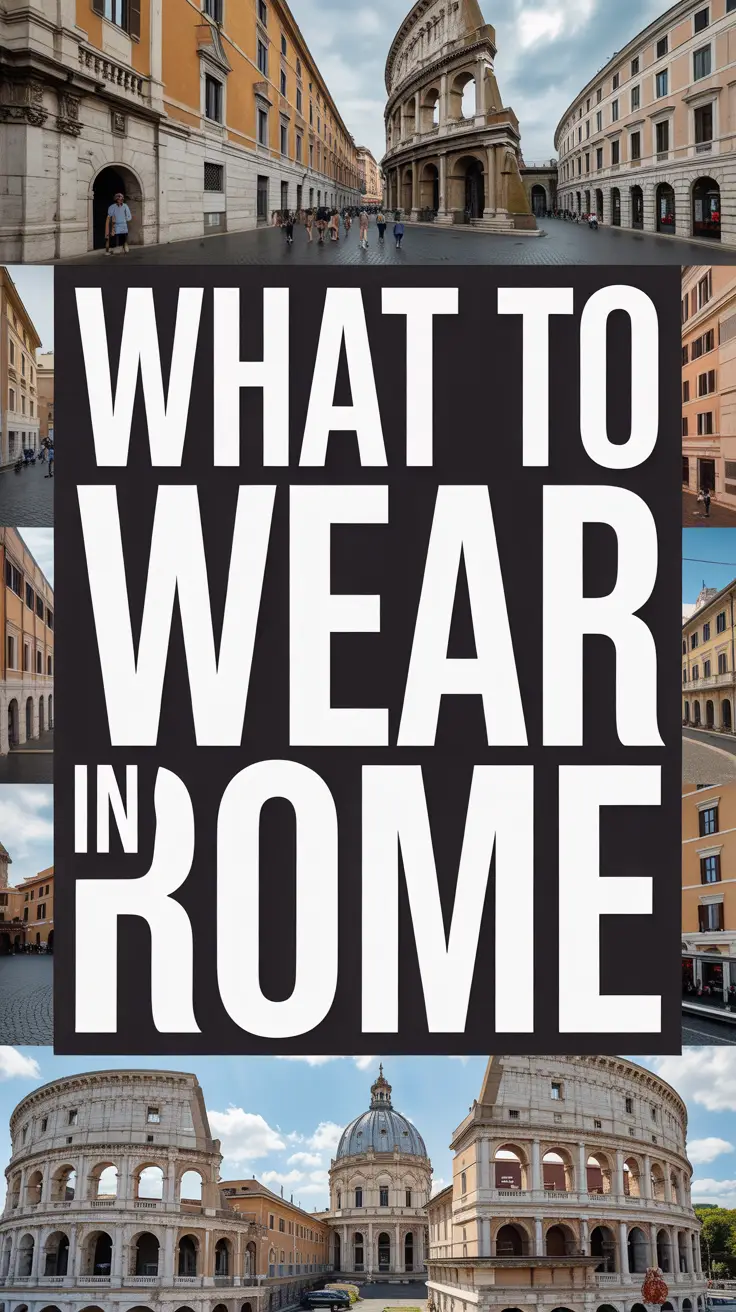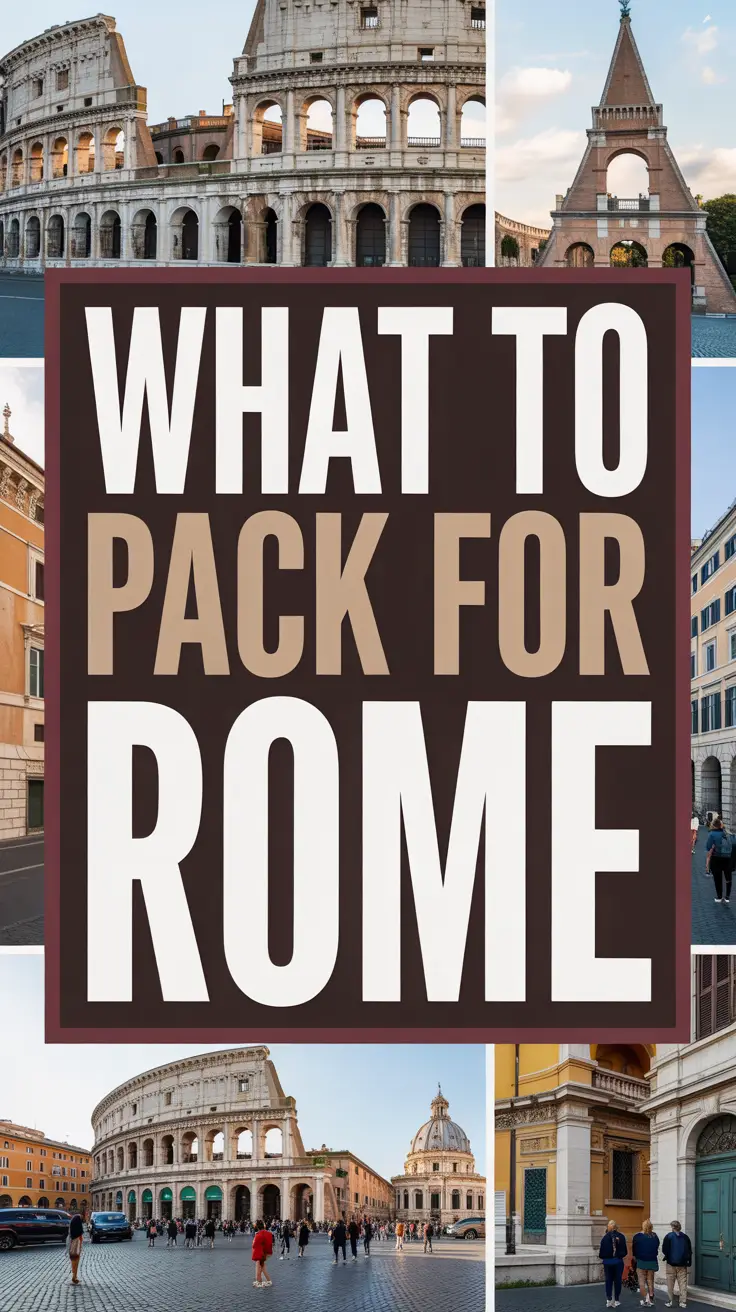Rome’s Public Transport: Your Gateway to Eternal City Adventures
After three decades of watching cruise passengers stumble through Rome’s transport system like confused gladiators in the Colosseum, I’ve learned that mastering the city’s trains and buses is an art form. The good news? It’s surprisingly efficient once you crack the code. The bad news? That code isn’t exactly written in tourist-friendly hieroglyphics.
Rome’s public transport network consists of three main systems that work together like a well-orchestrated symphony – when they’re not on strike, that is. Let me guide you through this maze so you can spend more time marveling at the Sistine Chapel and less time wondering why your bus just drove past three stops without opening its doors.
The Holy Trinity of Roman Transport
Metro Lines: Your Underground Lifeline
Rome’s metro system has just three lines, making it refreshingly simple compared to London’s tube labyrinth. Here’s what you need to know:
- Line A (Orange): Connects major tourist sites including Vatican City, Spanish Steps, and Termini Station
- Line B (Blue): Runs through Termini, Colosseum, and continues to EUR district
- Line C (Green): The newest addition, still expanding but useful for avoiding crowds
The metro runs from 5:30 AM to 11:30 PM on weekdays, with extended hours until 1:30 AM on Fridays and Saturdays. Skip the weekend late-night metro if you’re claustrophobic – it’s packed tighter than a sardine can.
Buses: The Surface Warriors
Rome’s bus network covers every corner the metro misses. The orange ATAC buses are your workhorses, while the smaller electric buses navigate the narrow historic center streets. Key routes for cruise passengers include:
- Bus 64: The notorious “pickpocket express” from Termini to Vatican (crowded but direct)
- Bus 40: A safer alternative to the 64, slightly longer route
- Bus 81: Perfect for reaching the Colosseum area
- Bus 119: Electric minibus through Villa Borghese
Trams: The Scenic Route
Rome’s trams offer a more leisurely pace and often better views. Tram 8 takes you through Trastevere, while Tram 19 connects Villa Borghese to the Ottaviano area near Vatican City.
Ticket Mastery: Your Key to the Kingdom
Roman transport tickets work across all systems, but the purchasing process can trip up even seasoned travelers. Here’s your survival guide:
| Ticket Type | Duration | Price | Best For |
|---|---|---|---|
| BIT | 100 minutes | €1.50 | Single journeys |
| Roma 24h | 24 hours | €7.00 | Day trips |
| Roma 48h | 48 hours | €12.50 | Short stays |
| Roma 72h | 72 hours | €18.00 | Extended visits |
Pro Tip: Buy tickets before boarding! You can’t purchase them on buses or trams, and metro station machines often run out of change. Tabacchi shops (look for the “T” sign) sell tickets and usually have shorter lines than tourist areas.
Navigation Secrets from the Trenches
The App That Actually Works
Citymapper is your best friend in Rome. Unlike some official apps that seem designed by ancient Romans using stone tablets, Citymapper provides real-time updates and alternative routes when strikes inevitably occur.
Reading the Signs
Roman transport signs can be cryptic. Bus stops show route numbers but rarely destinations in tourist-friendly terms. Learn these Italian words:
- Fermata: Stop
- Capolinea: Final stop
- Direzione: Direction
- Sciopero: Strike (the word you’ll dread most)
The Rush Hour Reality
Roman rush hours (7:30-9:30 AM and 5:30-8:00 PM) transform public transport into a contact sport. If you’re claustrophobic or carrying large bags, adjust your schedule accordingly. A sturdy day backpack can make navigating crowded buses much easier than dragging wheeled luggage.
Insider Strategies for Cruise Passengers
From Civitavecchia Port to Rome
Most cruise ships dock at Civitavecchia Port, about 80 kilometers from Rome. Understanding this crucial connection is essential for any Mediterranean cruise itinerary. You have several options:
- Train: Take the free shuttle to Civitavecchia station, then the regional train to Roma Termini (about 1 hour, €5)
- Cruise Line Shuttle: Convenient but expensive (typically €25-40 each way)
- Private Transfer: Most comfortable but priciest option
Marco Benedetti, Port Operations Manager at Civitavecchia, shares this wisdom: “Many cruise passengers rush to expensive shuttles without realizing our train connection is reliable and runs every 30 minutes. The key is allowing enough time for the return journey – don’t cut it close with your ship’s departure!” For more detailed guidance on transportation options, check out our comprehensive guide on the best ways to get to Rome.
Strategic Planning
Group major attractions by transport zones to minimize transfers:
- Vatican Area: St. Peter’s Basilica, Vatican Museums, Castel Sant’Angelo
- Historic Center: Pantheon, Trevi Fountain, Spanish Steps
- Ancient Rome: Colosseum, Roman Forum, Palatine Hill
- Trastevere: Santa Maria in Trastevere, local restaurants
Common Pitfalls and How to Avoid Them
The Validation Trap
Always validate your ticket when boarding buses or trams using the yellow machines. On metro, tickets are automatically validated at entry gates. Inspectors are everywhere and fines are hefty – €50 minimum.
Strike Survival
Transportation strikes in Rome are as common as tourists taking selfies. Strikes are announced in advance on the ATAC website, usually lasting 4 hours with guaranteed service during peak times. Have a backup plan or comfortable walking shoes. For comprehensive strike preparation and other potential issues, read our guide on what could go wrong in Rome and how to handle it.
The Sunday Slowdown
Sunday service runs on reduced schedules. Many buses run every 20-30 minutes instead of the usual 10-15. Plan accordingly or embrace the Roman art of leisurely wandering.
Bonus Tips That Cruise Guides Won’t Tell You
- Night Bus Network: After metro closes, night buses (marked with “n”) run major routes every 30 minutes
- Tourist Bus Hack: The regular bus routes often follow similar paths to expensive hop-on-hop-off tours for a fraction of the cost
- Elevator Secrets: Many metro stations have elevators, but they’re often hidden or out of order. Spagna station has the deepest escalators in Rome
- Free Water: Nasoni (drinking fountains) are everywhere. Bring an empty bottle and save money
- Restaurant Timing: Use transport time to your advantage – Romans eat lunch at 1:30 PM and dinner after 8:00 PM
Emergency Protocols
When things go wrong (and they sometimes do), here’s your action plan:
- Keep your hotel address written in Italian
- Screenshot your route before starting (data can be spotty underground)
- Learn basic Italian numbers for bus routes
- Always carry cash for backup taxi rides
- Know the last transport times back to Civitavecchia
For essential Italian phrases that will actually help you navigate transport situations, check out our guide to essential Italian words that will actually help you in Rome.
Common Questions
Can I use contactless payment for tickets?
Some newer metro stations accept contactless payments, but it’s inconsistent. Cash or pre-purchased tickets remain your most reliable option.
What happens if I miss the last train back to Civitavecchia?
Taxis from Rome to Civitavecchia cost €120-150. Some cruise lines offer emergency transport, but don’t count on it. The last train typically departs Roma Termini around 10:30 PM.
Are there luggage restrictions on public transport?
No official restrictions exist, but large suitcases are impractical during rush hours. Use your cruise ship’s luggage storage when possible, or invest in quality cruise travel accessories designed for easy transport.
Do transport cards work for tourists?
The integrated transport passes work perfectly for tourists and often include discounts at museums. The Roma Pass combines transport with attraction entries.
How reliable is real-time information?
Metro timing is accurate, but bus arrival times are more like “gentle suggestions.” Allow extra buffer time for important appointments.
Making the Most of Your Roman Adventure
Before you embark on your Roman transport adventure, consider whether you should book a shore excursion or go to Rome on your own. If you decide to venture independently, timing is everything – learn when to visit Rome’s famous sites to avoid the worst crowds. For those seeking authentic experiences beyond the typical tourist trail, discover hidden Rome neighborhoods tourists miss or explore secret Rome spots near the famous icons.
Food lovers shouldn’t miss our guide to where to find real Italian food in Rome’s markets, while those with a sweet tooth must visit our recommended gelato shops you probably missed. If you’re interested in exploring beyond Rome, consider these beautiful Italian coastal towns near Civitavecchia that cruise ships skip.
Your Roman Transport Adventure Awaits
Mastering Rome’s public transport isn’t just about getting from Point A to Point B – it’s about unlocking the city’s rhythm and joining the daily dance of Roman life. You’ll witness morning commuters discussing politics with the passion of gladiators, watch nonnas expertly navigate rush hour crowds, and discover hidden neighborhoods that tour buses never reach. The real magic happens when you stop being a tourist fighting the system and start being a temporary Roman working with it. Trust me, there’s no better feeling than confidently hopping on the right bus while other cruise passengers stand bewildered at the stop, wondering if that vehicle with no visible route number is actually public transport or someone’s very large private car.
For more information about cruising to Rome and exploring Mediterranean cruise ports in Italy, continue reading our comprehensive guides to make the most of your Italian adventure.



